As noted by Bob Greene in State of Mind: Becoming Maine, the Maine Anti-Slavery Society was founded on October 15, 1834, in Augusta. At the time, Maine’s Anti-Slavery Society was the third such state organization nationally, though — as noted by John L. Myers in The Antislavery Agency System in Maine, 1836–1838 — “by May of 1835 the number of antislavery auxiliaries had increased to more than 20.”
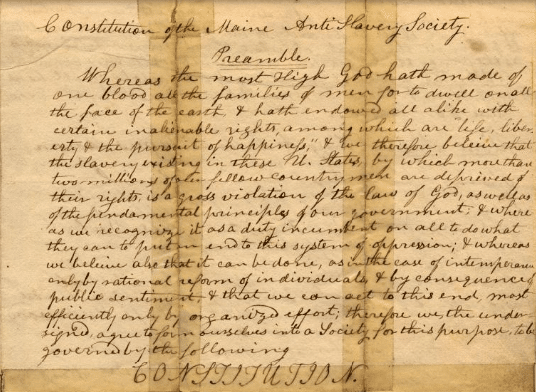
The Constitution of the Maine Anti-Slavery Society, which was founded in May 1833. Source: Maine Memory Network
In an essay entitled Radical Mainers, O’Brien writes:
Abolitionist organizer Samuel Fessenden was thrilled to book one of the heroes of the emancipation fight, British Member of Parliament George Thompson, as the keynote speaker of the first Maine Anti-Slavery Society Convention in October of 1834. The 30-year-old Thompson was known as one of the greatest anti-slavery orators and human-rights activists of the era. After Parliament passed the Slavery Abolition Act of 1833, William Lloyd Garrison invited Thompson to the U.S. to electrify the masses and recruit more abolitionists to the cause.
Speaking of the abolitionist movement in Maine at the time, in The Liberty Party in Maine, 1840–1848: The Politics of Antislavery Reform, Reinhard O. Johnson writes:
Although there was much hostility to the abolition movement in Maine, county and town antislavery societies continued to spring up throughout the state. Maine abolitionists sponsored agents and touring lecturers, published tracts and pamphlets, sent petitions and memorials to Congress and the state legislature, established the (Brunswick) Advocate of Freedom as the state society’s newspaper under the editorship of William Smyth, a Congregational minister and professor at Bowdoin College, and held many antislavery rallies. By the end of the decade, abolitionists were winning an increasing number of converts in the settled areas of the state which were not located along the seacoast, an unwelcome area for antislavery activity because of its commercial ties to the southern planters.
The primarily white constituency of Maine’s Anti-Slavery Society led, in October of 1941, to the first Maine Colored Convention.

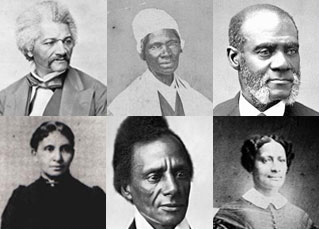
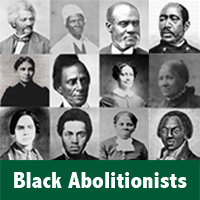
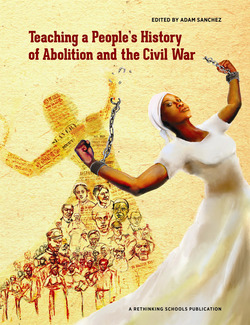
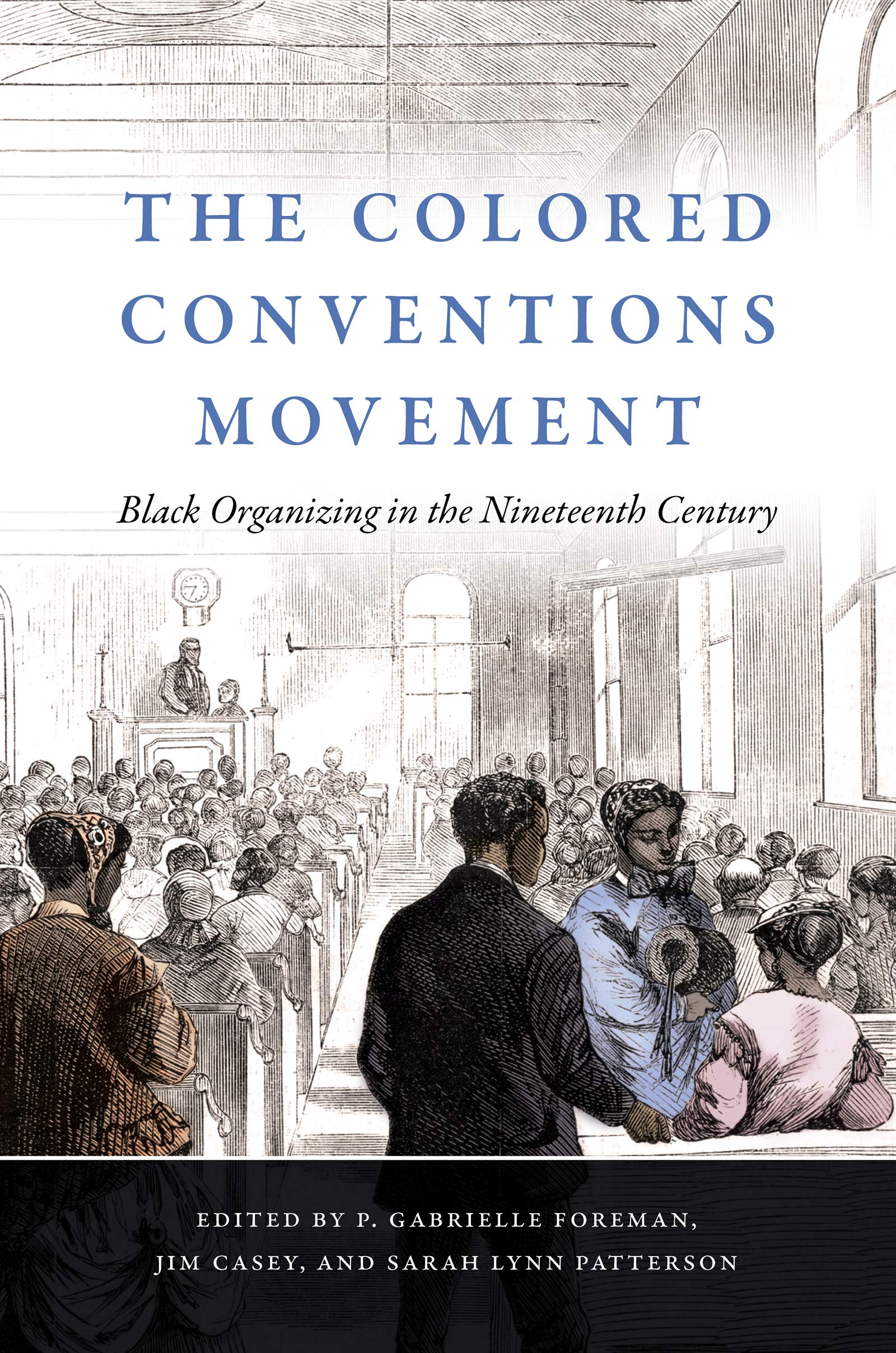
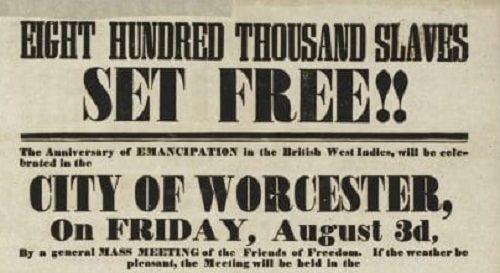
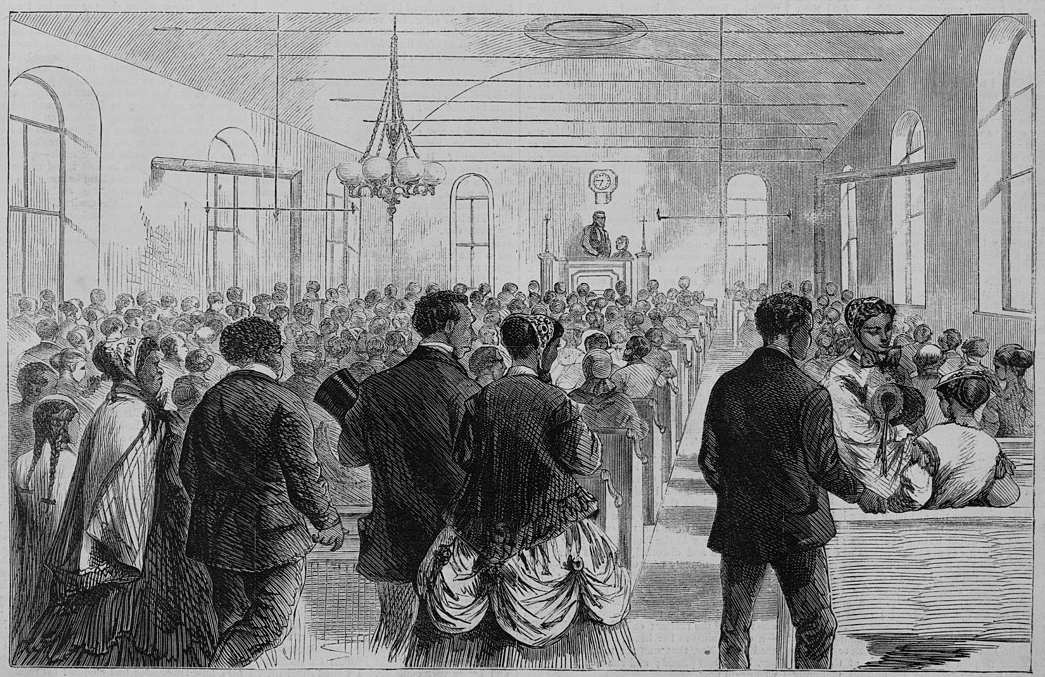
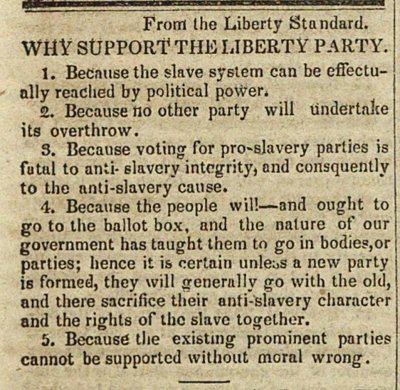





Twitter
Google plus
LinkedIn